October 3, 2024, 8:50 am | Read time: 5 minutes
Humans have been sharing their lives with cats for around 11,000 years. Over the centuries, cat lovers liked specific characteristics, such as long fur or golden eyes, so much that they began to breed them through crossbreeding. Today, there are around 40 different cat breeds that are officially recognized by breeding associations. However, not all breeding is done in the interests of animal welfare. Some cat breeds are considered torture breeds due to their unique characteristics. PETBOOK explains which breeds these are and what the affected animals suffer from.
If you want to buy a cat, you should also know how to recognize a torturous breed. As a rule, a cat is said to be a torture breed if the characteristics bred into it lead to health problems, pain, and/or a shortened life expectancy. An expert report prepared for the Federal Ministry of Food and Agriculture lists breeding for short-tailedness, short-headedness, and multi-fingeredness, among other things, as torture breeding. Below, we explain which cat breeds are affected.

Torture breeding of guinea pigs! Avoid these breeds

These 11 cat breeds particularly like to cuddle

Why Animal Lovers Should Not Get an Elf Cat
Which cat breeds are considered to be torture breeds?
Among the numerous cat breeds available, there are some that are considered to be torturous breeds. The affected animals usually have similar health problems, and some breeds have also emerged from other torturous breeds.
1. The Munchkin
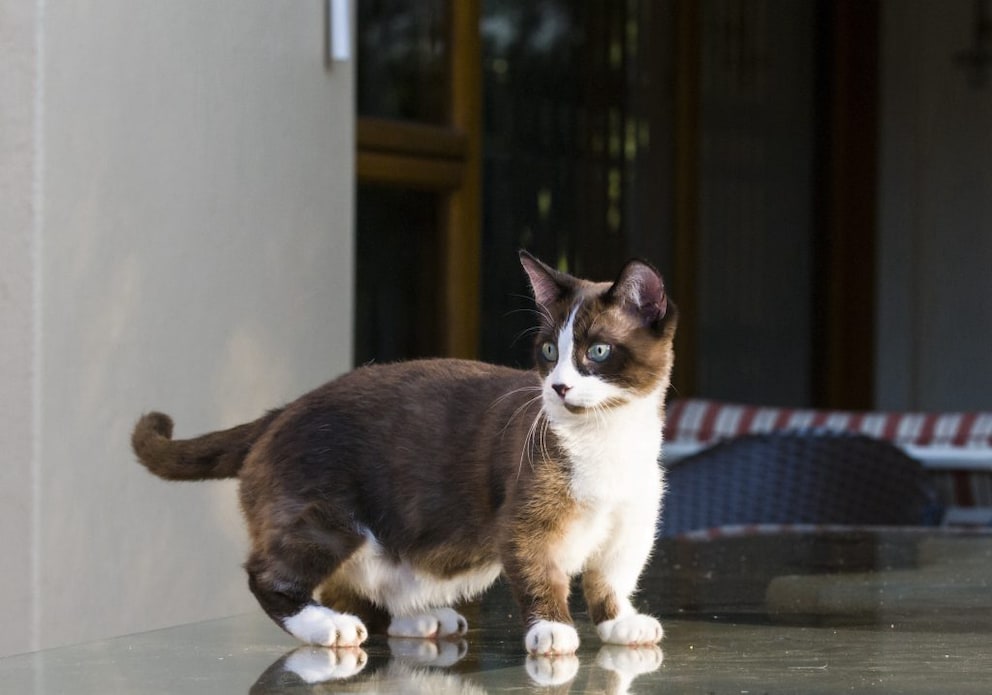
The nickname “dachshund cat” is apt. The munchkin is a dwarf cat with distinctly short legs. This deformity is caused by a genetically determined shortening of the long bones. These short legs severely restrict the cats’ freedom of movement. Many munchkins also suffer from back pain, disc problems, arthritis, and/or arthrosis.
2. The Scottish Fold
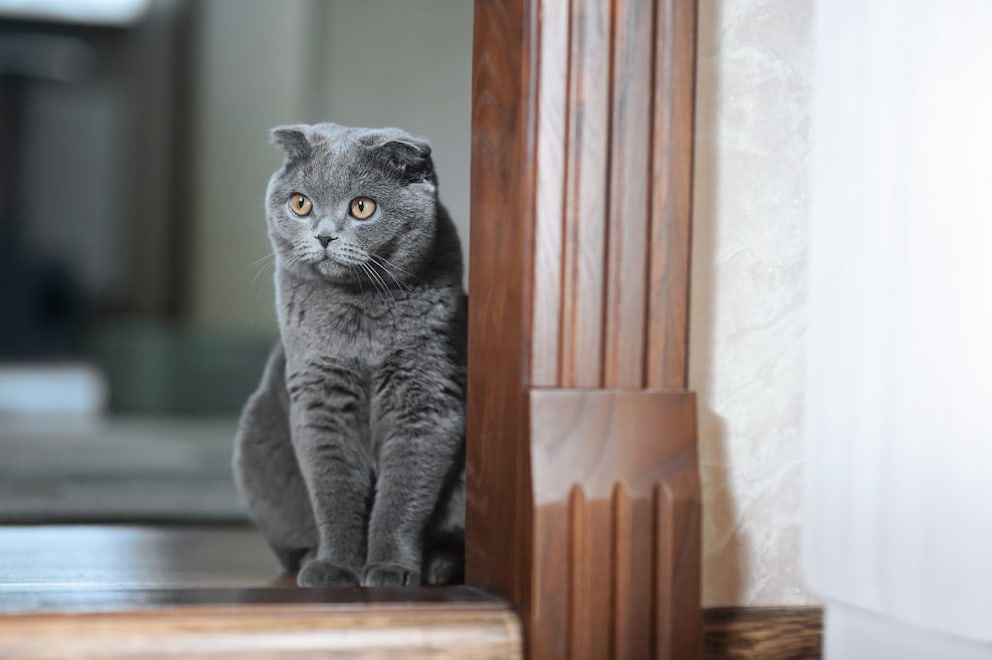
The popular Scottish Fold is also categorized as a torture breed. Many celebrities, including Taylor Swift and Ed Sheeran, keep fold-eared cats and regularly post pictures of their pets on social media. This has fueled demand for this breed of cat. However, the folded ears of this breed can cause painful bone and cartilage damage. In addition, the cat is severely restricted in communicating with other cats. This is because the position of the ears tells the animals a lot about the mood of their counterpart.
3. The Sphynx
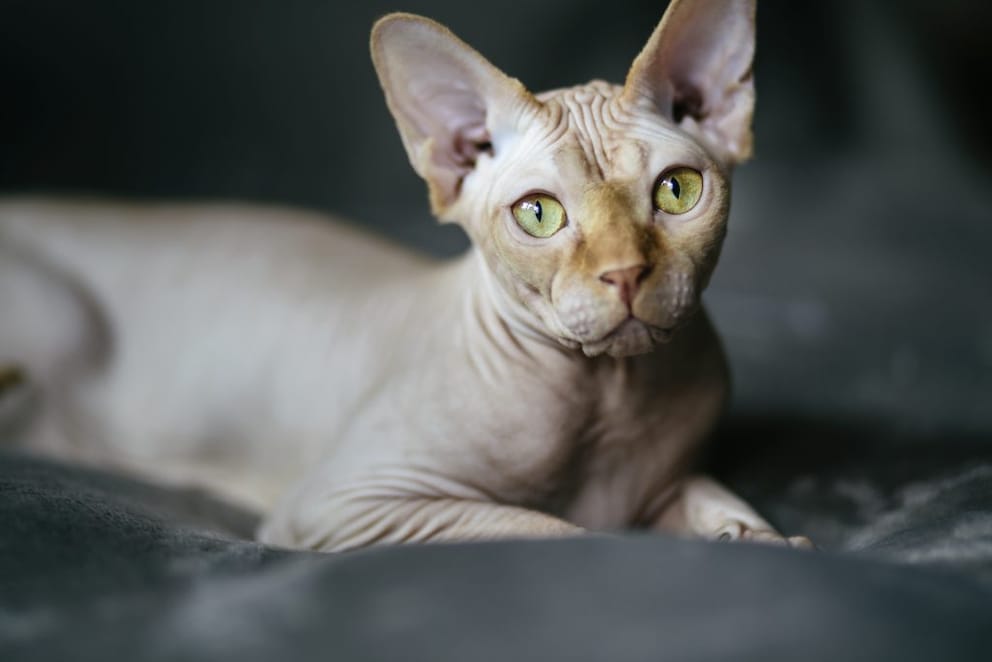
Naked cats such as the Sphinx and the Kohona are considered torture breeds. This is because the lack of a protective coat presents risks, exposing the cats to draughts, sunlight, and cold temperatures, which means they can quickly get sunburn or frostbite. They must also expend a lot of energy to maintain their body temperature and, therefore, have an increased need for food. However, the biggest problem with naked cats like the Sphinx is the lack of tactile hairs. Healthy cats use their whiskers for orientation and fine air currents to detect prey in their environment, among other things.
4. The Lykoi
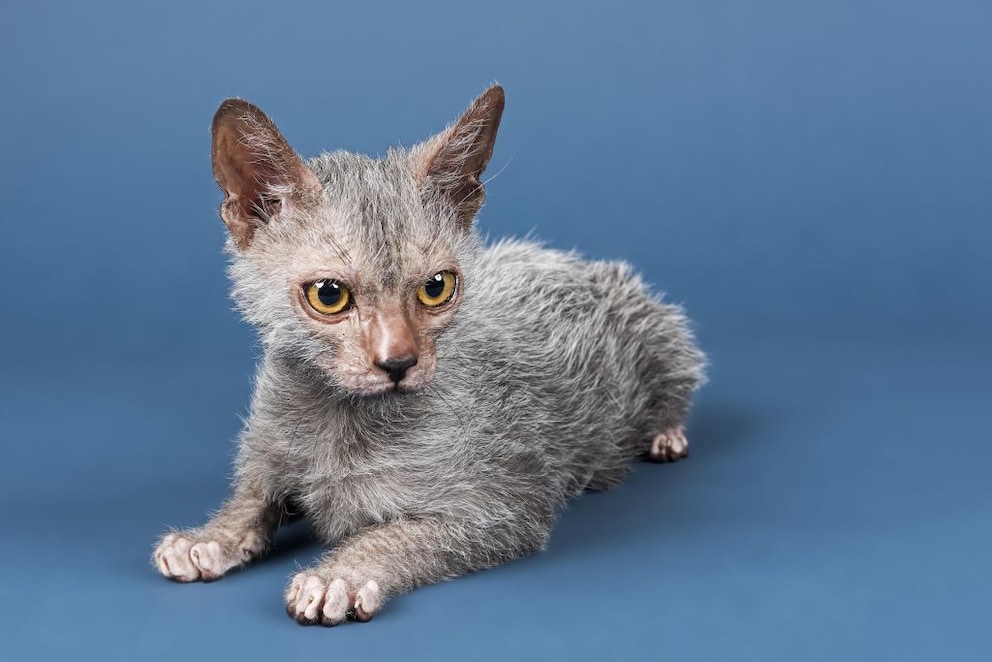
The Lykoi is a partially or completely hairless cat. Its appearance is reminiscent of a wolf, which gave the cat breed its name: “Lykos,” the Greek for wolf. The Lykoi is said to have originated in the USA due to a natural mutation of short-haired domestic cats, who usually have a thick coat of a greyish color. This cat’s partial or complete hairlessness poses health risks similar to those of naked cats.
5. The Manx Cat
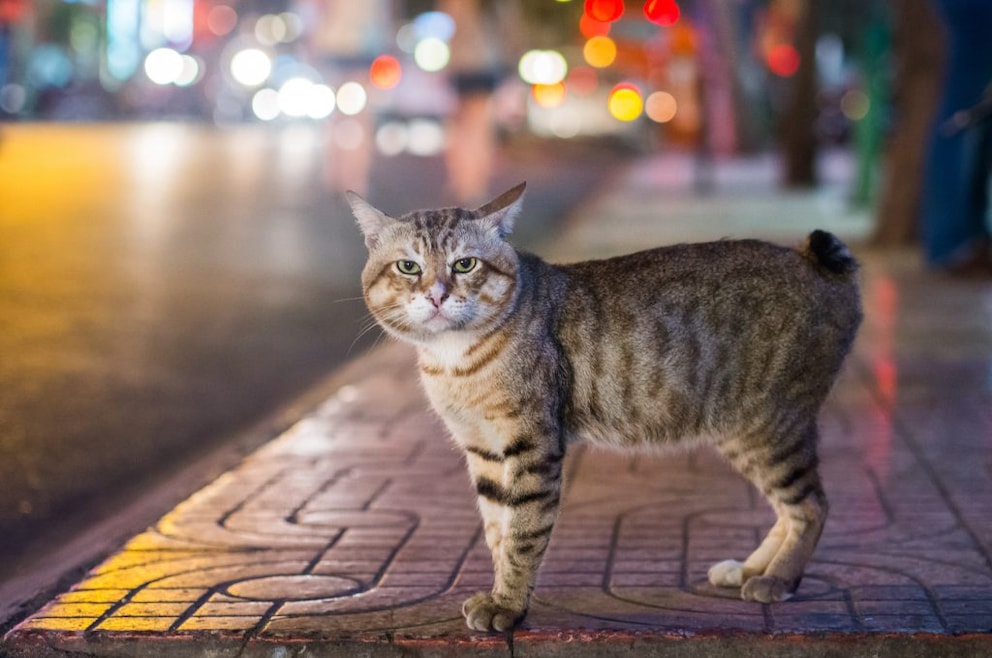
Manx cats are either born completely tailless or with a stumpy tail. They have short hind legs and an arched back and can only move by hopping. Due to their deformity, they cannot climb, jump, or balance properly and have problems communicating with other cats. The lack of a tail is often associated with neurological disorders, incontinence, or other health problems. These problems in cats caused by torture breeding also apply to other tailless and short-tailed breeds, such as the Cymric and the Japanese Bobtail.
6. The Devon Rex
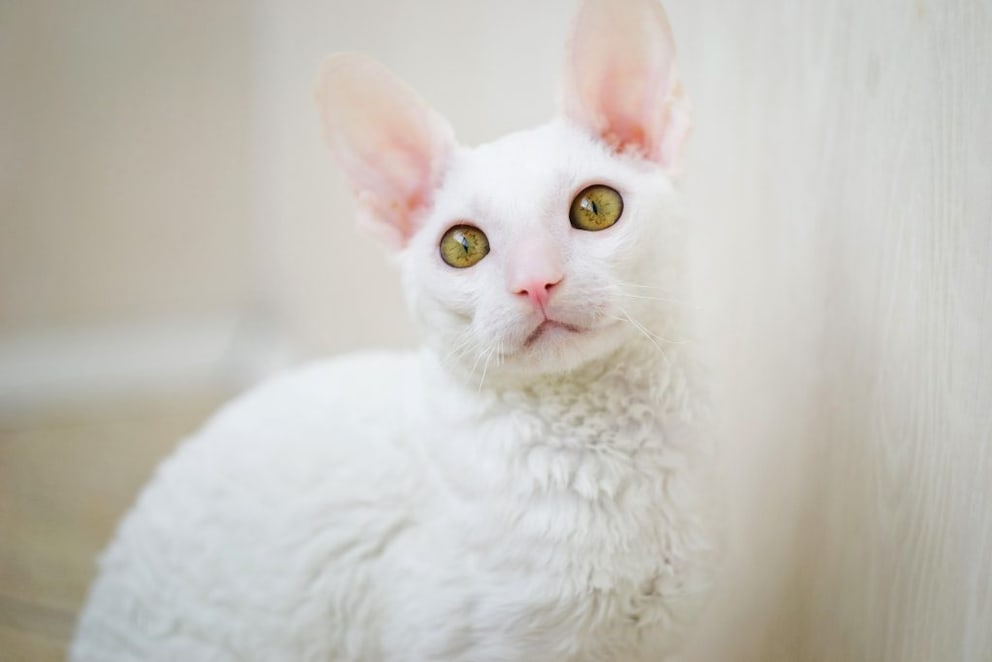
Rex cats like the Devon Rex, German Rex, and Cornish Rex have wavy or curly coats. What some people may like visually is a big problem for the animals concerned. This is because the tactile hairs of these cat breeds are curled or even completely missing. This means their natural behavior is inhibited. Rex cats are missing an important sensory organ that enables them to find their way around their environment.
7. The Poodle Cat
The Poodle cat originated from a cross between the Scottish fold-eared cat and the Devon Rex. This cat breed thus combines several traits of the Devon Rex, including the short, curly coat and curly whiskers, as well as the folded ears of the Scottish Fold.
8. The Persian Cat
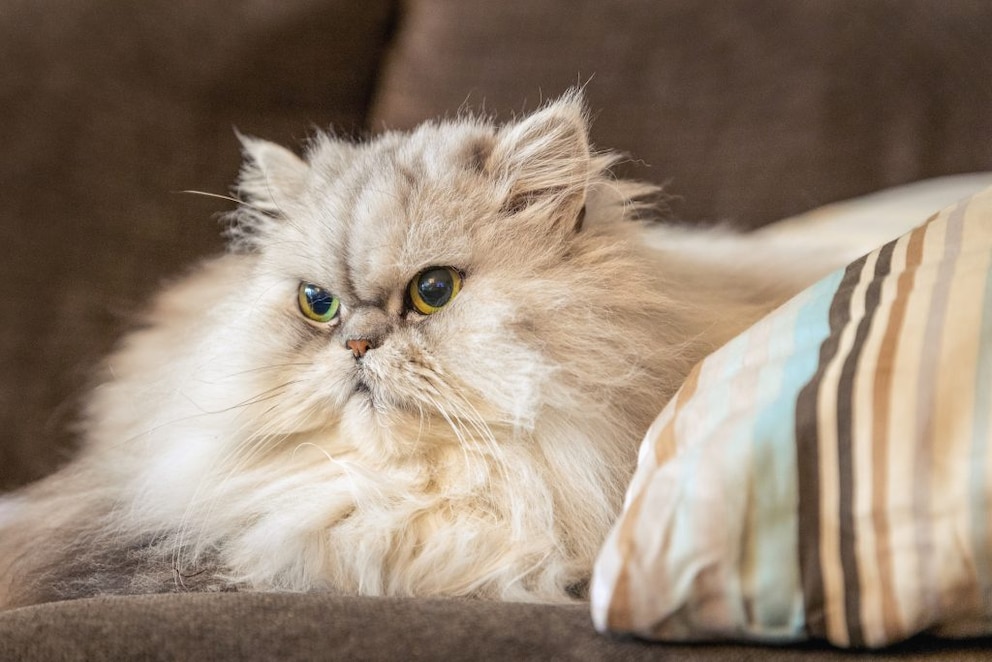
Persian cats often have problems due to their short heads. Their round heads with short, broad noses and small or large, round eyes are meant to look cute, but the cats suffer from various serious health problems. Physical exertion, including running around and playing, is strenuous for this breed because their deformed head constrains the upper airways. However, this is just one of several restrictions the cats must live with. Even the birth of their kittens can be life-threatening due to the large head.
9. The Exotic Shorthair Cat
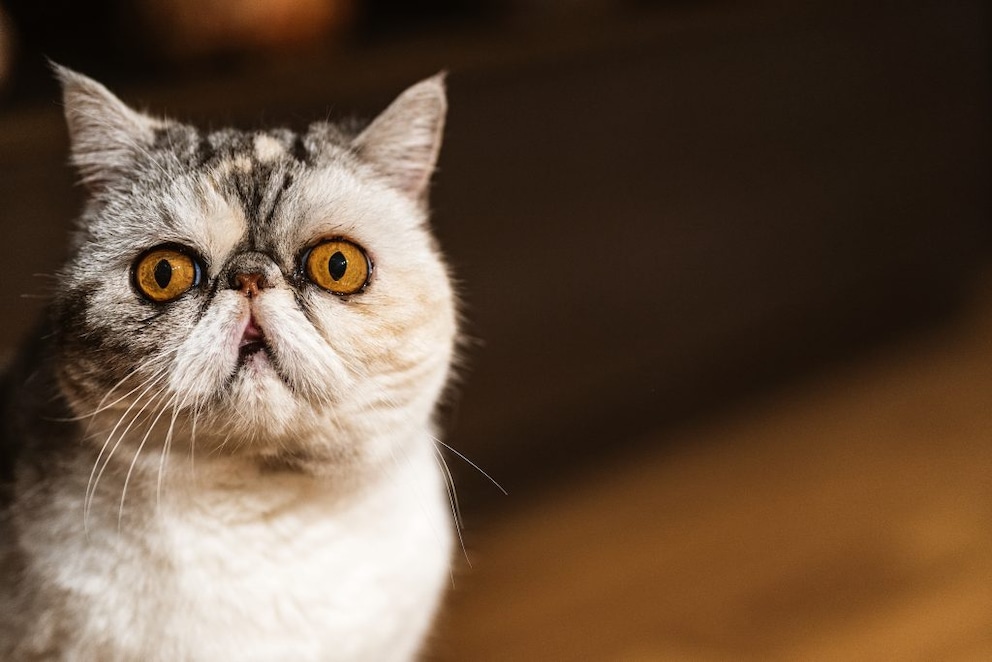
The first thing that strikes you about the exotic shorthair cat is its similarity to the Persian cat. This is mainly due to short-headedness, which is considered a torture breed trait and is characteristic of both breeds. Breathing is also usually more difficult for the exotic shorthair, preventing them from pursuing their natural urge to move.
Sources
- Veto-Tierschutz.de, “Harmful breeding practices in cats: These breeds suffer from torture breeding traits” (accessed on 06.01.2023)
- Erna-Graff-Stiftung.de, “Qualzucht bei Katzen” (accessed on 06.01.2023)
- Welttierschutz.org, “Qualzucht: The trend towards sick cats” (accessed on 06.01.2023)
- Medpets.de, “Lykoi” (accessed on 06.01.2023)
- Vier-Pfoten.at, “Qualzucht bei Katzen” (accessed on 06.01.2023)

